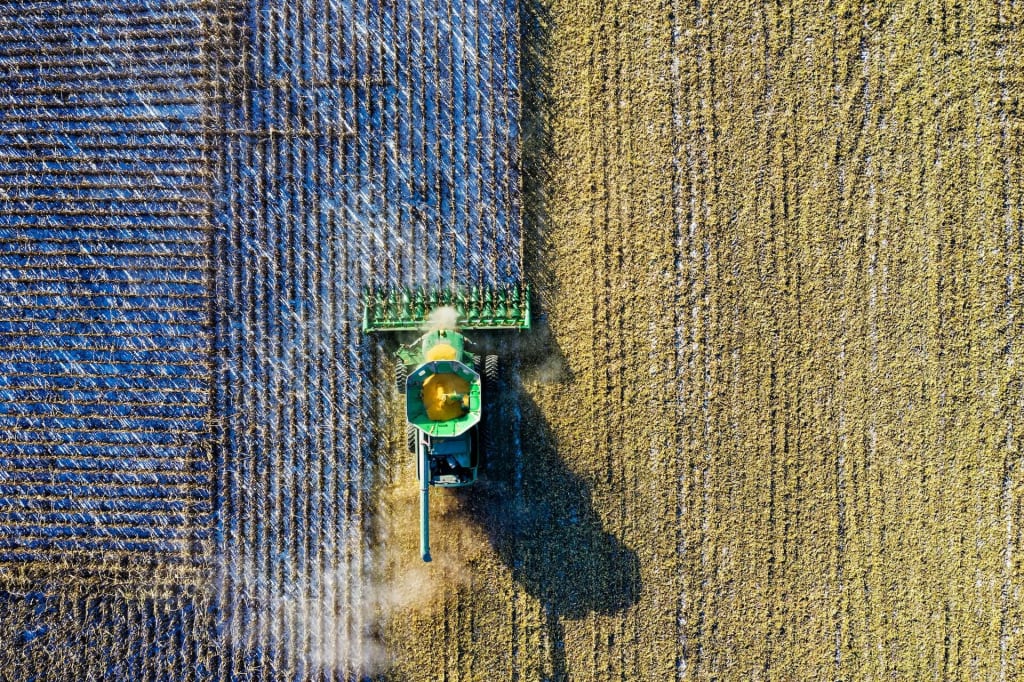New Technologies in the Agricultural Industry
Some new technologies to look out for in the agriculture industry

The demand for food will increase by 70% by 2050 as the world’s population continues to grow. According to a study conducted by the UN, around 9.9 percent of the world’s population still goes hungry. This is a daunting task, especially since the environment is still unpredictable.
Despite the challenges that face the world’s population, the signs that we are starting to see are encouraging. We don’t have to wait for decades to see how new agricultural technologies can help solve these issues.
In 2022, we’ll be exploring the various technological advancements that will affect the way farmers work. These innovations will allow them to manage their products more effectively.
Bee Vectoring
Honeybees are an important part of the agriculture ecosystem, and they are worth around $20 billion annually in the U.S. Due to their vital role in human survival, there is a growing interest in developing new equipment that can help protect and enhance the capabilities of these insects.
Through pollination, bee vectoring can deliver targeted crop controls using commercially reared bees. This method eliminates the need for chemical pesticides and allows farmers to use environmentally-friendly methods.
Unlike traditional methods, this system doesn’t require the use of a tractor or spraying water. Instead, it utilizes a scientifically designed bee hive that allows the bees to collect and disperse trace amounts of pesticides on their legs.
This technology can help improve the quality of soil and produce more sustainable crops. It can be used on different types of crops, such as tomatoes, blueberries, and sunflowers.
Indoor Vertical Farming
Although it can produce high yields, traditional methods can still limit the average rice yield to around three to six tonnes per hectare. With indoor vertical farming, farmers can harvest their crops much more efficiently.
This type of farming uses equipment that’s mounted vertically to produce crops in a controlled environment. Unlike traditional methods, this technology doesn’t require the use of soil. These growing shelves are usually either aeroponic or hydroponic.
Hydroponics is a gardening technique that involves growing plants using nutrient and water solutions. Aeroponics, on the other hand, suspends the roots of the plants in the air. The emitters then periodically spray nutrients and water on the plants.
Through the use of indoor vertical farming, farmers can control various factors such as temperature, light, and water levels. This method can help them produce higher yields and improve their health.
Livestock Farming
Through the use of advanced livestock technologies, farmers can improve their farm management and animal care. These innovations can also help them boost their productivity and improve their profitability.
Some of the innovations that have been used to redefine livestock farming include the automated installation of milk cows. This method eliminates the need for manual intervention and allows farmers to monitor the quality of their milk. Automated cleaning systems can also help remove waste and make the environment disease-free.
Automation
The farm automation process involves the integration of various components such as computer systems, agricultural machinery, and sensors. It can help improve the efficiency of the farm and reduce errors and human input.
The increasing number of farmers adopting automation is attributed to its ability to reduce labor time and improve their yields. They can now use drones, automated harvesters, and tractors to transform their farming operations. The technology also takes care of recurring tasks, which helps them focus on more critical functions.
As with any field, automation can help workers save time by reducing the need for them to perform a task. This method also helps farmers spend more time with their families.
Due to the increasing concerns about climate change and the environment, sustainable farming has become a top priority for policymakers. The lack of sufficient land and water resources is threatening the longevity of the human race. Despite the lack of political will to address the issue, many tech startups are still working on developing solutions that can help farmers improve their operations.
The development of new technologies in agriculture has led to the creation of safer, more productive farming methods. From precision agriculture to water management tech, innovations have made farming safer and more efficient.
This article was originally published on David Skudder's website.
About the Creator
David Skudder
David Skudder has been involved with the Agricultural Finance world for over 30 years. He grew up in Long Island, New York, and began working odd jobs as soon as he was old enough. Visit davidskudder.org to learn more about David's career.






Comments
There are no comments for this story
Be the first to respond and start the conversation.